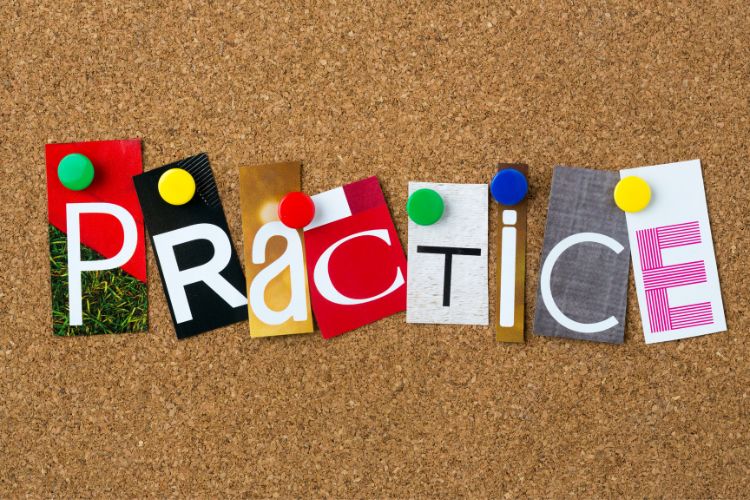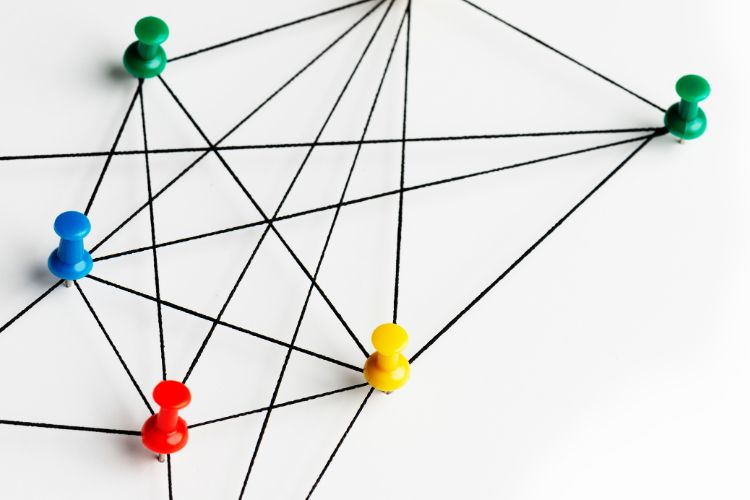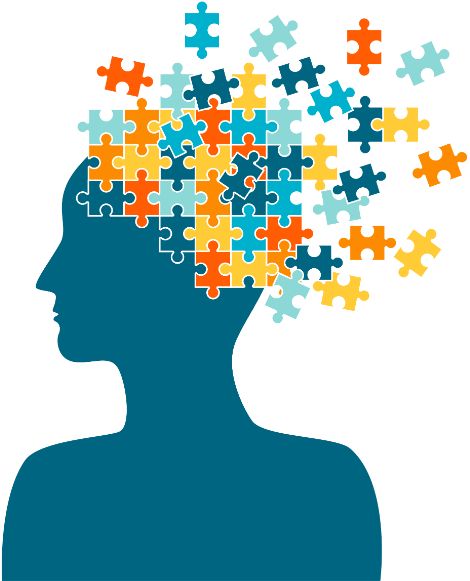In addition to increasing your I.Q., you can use methods to maximize your intellect and more efficiently learn another language with hard work, repetition, and memory aids.
Adopt a Growth Mindset
Language learning success requires traits significantly more valuable than intelligence, such as grit and tenacity. Because they know work and discipline are essential to their learning potential, people with a growth mindset are empowered to take control of their achievements. They put in more effort, take more chances, and see mistakes as teaching moments.

Those with a fixed mindset don’t feel they have any control over their lives since they think intelligence ultimately determines success. Either they had it from birth, or they didn’t. These people become helpless when they fail because they believe it is due to their incompetence and lack of talent.
In her research on this issue, psychologist Carol Dweck discovered several other traits connected to development and fixed mindsets.
If you have a growth mentality, create learning objectives that prioritize learning new knowledge and skills.
- They continually strive to learn more. Therefore, they establish goals that become increasingly more difficult.
- They tend to get compliments for their effort, motivating them to keep trying hard and persevering.
(Shortform note: Read more about the growth mindset and the components of grit in our summaries of Mindset and Grit, respectively.)
People with fixed mindsets should establish performance goals emphasizing quantifiable accomplishments that attest to their competence. They set more realistic goals to ensure they can accomplish them and get the desired approval.
- They have a propensity to be praised for their intelligence, deterring them from taking chances out of concern that doing so might damage their reputation as clever.
(Shortform note: Check our summary of Peak to learn more about the effectiveness of purposeful practice.)
You can apply this knowledge to your language-learning endeavors. You’re more likely to make strong advances and master the language if you adopt a growth mindset. This will mean taking more risks, presenting yourself with greater linguistic challenges, and seeing your failures as stepping stones to success.
Employ Conscious Practice

Language mastery takes countless hours of focused effort. More than just repetition, deliberate practice has several distinctive qualities, such as being independent, focusing on one goal, and exceeding one’s present capacity.
To develop the abilities and form the mental models that lead to language mastery, you must push yourself, fail, troubleshoot, and try again. You eventually build a repertoire of increasingly advanced talents through focused practice that you may use in various contexts.
Although purposeful practice is typically most effective when done alone, coaches and trainers may help point out your areas of weakness, offer constructive criticism, and encourage you to focus more on the areas where you have the most trouble.
Create Memory Cues Using Memory Aids
If you’ve ever tried to learn a new language, you’re undoubtedly familiar with the frustrating experience of learning a new term, only to forget it immediately. Fortunately, strategies exist to make new words stick, one of which is building neural connections.
Remember that some connections work better than others. The most effective way to form them is by relating a term to a personal experience because it engages different parts of your brain.

Memory aids are methods for condensing information that needs to be retained. Memory cues can superficially aid in data retention. Still, their true value lies in their capacity to help you organize and retain knowledge that you have previously acquired.
For instance, you can use a mnemonic to recall vocabulary words or grammar rules for a language exam. However, you won’t do well on the test if you don’t comprehend the significance of that information.
Say, for example, that you need to learn the Spanish term for cat (gato). You’ll be 50% more likely to recall the word if you can associate it with a recollection of a cat. Furthermore, this association aids in recall because language is easily retained through our visual memory.
In a 1960 memory test, college students were shown 612 magazine adverts, followed by a fresh set of 612 images, and asked to identify the original images. The pupils correctly identified the original photos 98.5% of the time.
Attaching an image to a word, even if it’s completely unrelated, helps people remember it.
Mnemonic tools can be basic or complicated and help people recall various pieces of information. For example, the acronym ROY G BIV serves as a mnemonic for recalling the rainbow’s hues. A mnemonic only works if it ties reminders to things you are already highly familiar with, making it nearly hard to forget the information you need to remember.
A memory palace is a mnemonic tool that aids in recalling more information. Memory palaces use the notion that people remember visuals more easily than words.
You can make a memory palace by doing the following:
- Pick a familiar location or route, such as your home or daily commute.
- Pick items or details that are prominent in that area, like your couch or busy intersection.
- Associate each item with a memory-enhancing idea, such as thinking about sitting on your couch with a friend you need to remember to call.
Take a mental tour of the area before you need to recollect the information. You should be reminded of each item’s connection as you picture yourself walking past it.

A rhyme scheme is another mnemonic technique in which you develop rhymes that link your reminders to certain pictures.
The peg method, a memory aid for lists of things, illustrates a rhyming scheme. The peg approach uses visuals to represent each number from 1 to 20; no matter what you need to remember, the images never change. Next, you remind each image.
For example, let’s say you assign the word “shoe” to the number 2 and link the shoe to a reminder to go running.







